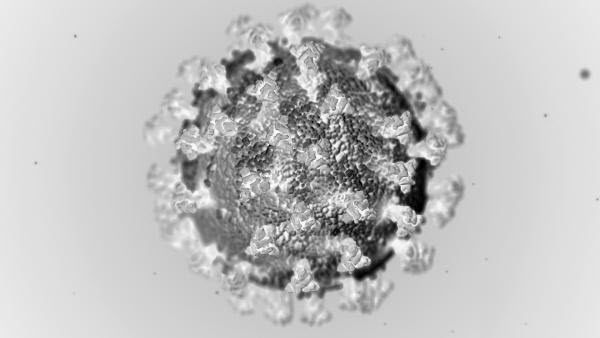Thousands of teeth are injured or avulsed (knocked out of the mouth) each year due to the lack of wearing a mouthguard or wearing an improperly fitted mouthguard.
Dental injuries are the most frequently incurred orofacial injury from sports. Not only can these injuries cause the death of a tooth requiring it to undergo root canal therapy, but they can also completely avulse a tooth. Studies have also confirmed that a properly fitted mouthguard can reduce the incidence of dental and jaw injuries and the incidence of concussions.
Research has shown that an upward blow to the chin can drive the mandible (lower jaw) into the base of the skull resulting in a concussion. It has been reported in the literature that a mouth guard can absorb some of the forces driving the jaw into the base of the skull resulting in a better outcome. A mouthguard and also disperse some of the shock energy applied to the front teeth during a frontal blow helping them survive this trauma.
Mouthguards have many functions:
- Helps prevent cuts and bruises to the lips.
- Prevents tooth fracture or dislocation.
- Protects opposing teeth from contacting each other.
- Acts as a shock absorber between the upper and lower jaw.
- Helps to protect against concussions when the lower jaw is driven into the base of the skull.
The National Youth Sports Foundation for Safety has shown:
- An athlete is 60 times more likely to suffer damage when not wearing a mouthguard.
- The cost of replacing a tooth and follow up care is approximately $5,000. These individuals may face a lifetime dental cost of $15,000 to $20,000 per tooth.
- Each athlete in a contact sport has about a 10% chance per season of an orofacial injury, or a 35% to 56% chance during his or her athletic career.
- The total cost to replace an avulsed tooth can be 20 times more than a custom fit mouthguard.
There are three types of mouthguards:
- Stock: These are sold at sporting goods and department stores and are the least preferred type. These are the least expensive, least effective, and are only available in a limited number of sizes. They are often modified by the athlete to make them more comfortable which negates their usefulness. The International Academy of Sports Dentistry does not consider them a properly fitted mouth guard.
- Boil and Bite: These are the most used; however, they do not provide the proper thickness, comfort or critical protection needed for the posterior teeth.
- Custom Made: These are designed by a dentist and can provide comfort, correct thickness, and maximum protection for all teeth in the mouth. These can be made as either a single layer for non-contact sports or multilayered thickness constructed by pressure lamination for more contact sports. These guards provide the best protection against orofacial damage and concussion due to upward trauma to the lower jaw.
If you have any questions or would like more information, please contact our office. Our previous blogs have attempted to impart the knowledge of how important teeth are to the quality and longevity of life. Our office strives to do all we can to keep your teeth for you. Thank you for allowing us to serve your dental needs!






